Flags will open 2016 Olympics

The quadrennial return of the Summer Olympics on August 5 brings with it lots of flags, including the games’ own banner. The iconic white flag with five interlocked circles honors teams that come from around the globe to compete in scores of sports.
When the flag was first designed, each nation was represented by a colored ring, as explained in 1912 by Baron Pierre de Coubertin, one of the founders of the modern Olympics. He said that “the blue and yellow of Sweden, the blue and white of Greece, the tri-colors of France, England, America, Germany, Belgium, Italy, and Hungary, and the yellow and red of Spain, are placed together….Here is truly an international symbol.”
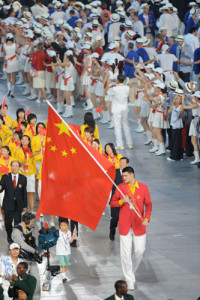
That list reflects how few countries participated in the first competitions. In 1931, as more nations sent athletes, he expanded on what the flag means: “The Olympic flag … has a white background, with five interlaced rings in…blue, yellow, black, green and red….This design is symbolic; the five colors are those that appear on at least one of all the national flags of the world at the present time.”
When athletes march into the arena to open the 2016 Olympics, the participating nations select someone to carry their flags. Over the years, the countries have chosen a variety of athletes, including swimmers, weight-lifters, boxers, gymnasts and canoeists.
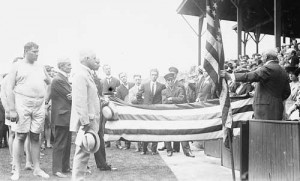
In the case of the U.S., Michael Phelps, the champion swimmer who will take part in his fifth Olympics, was selected. He said that “I’ve never walked in an Opening Ceremony before” because swimming competitions always begin immediately. This week, he told The Today Show on NBC that being chosen is “something I’m obviously looking forward to. There’s definitely going to be a lot of emotions. It’s a huge honor to me.”
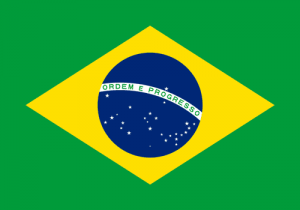
Because the games are being held in Rio de Janiero, Brazil’s flag will be seen quite often by TV viewers. One of the more unusual national flags, it was adopted in 1889 and revised in 1992. It consists of a green background to honor the rain forests, a yellow lozenge to stand for mineral resources, a blue globe speckled with a star for each state in the union and a slogan: “Ordem e Progresso,” which means “order and progress.”
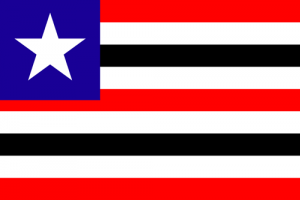
Brazil’s 27 states have their own state flags, including a few that faintly echo the American flag. For example, the state of Maranhao has alternating red, white and black stripes to represent the racial population. In the upper corner, a large star sits on a blue background. The state of Bahia has only four broad stripes, colored red and white. The upper left contains a blue background on which lies a white triangle.
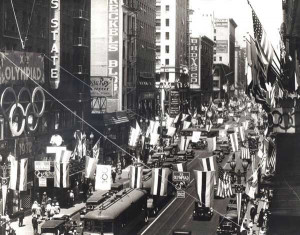
Flag fanciers who watch the opening ceremonies of the 2016 Olympics will be rewarded with flag after banner after pennant as scores of nations march together, united in sports.
